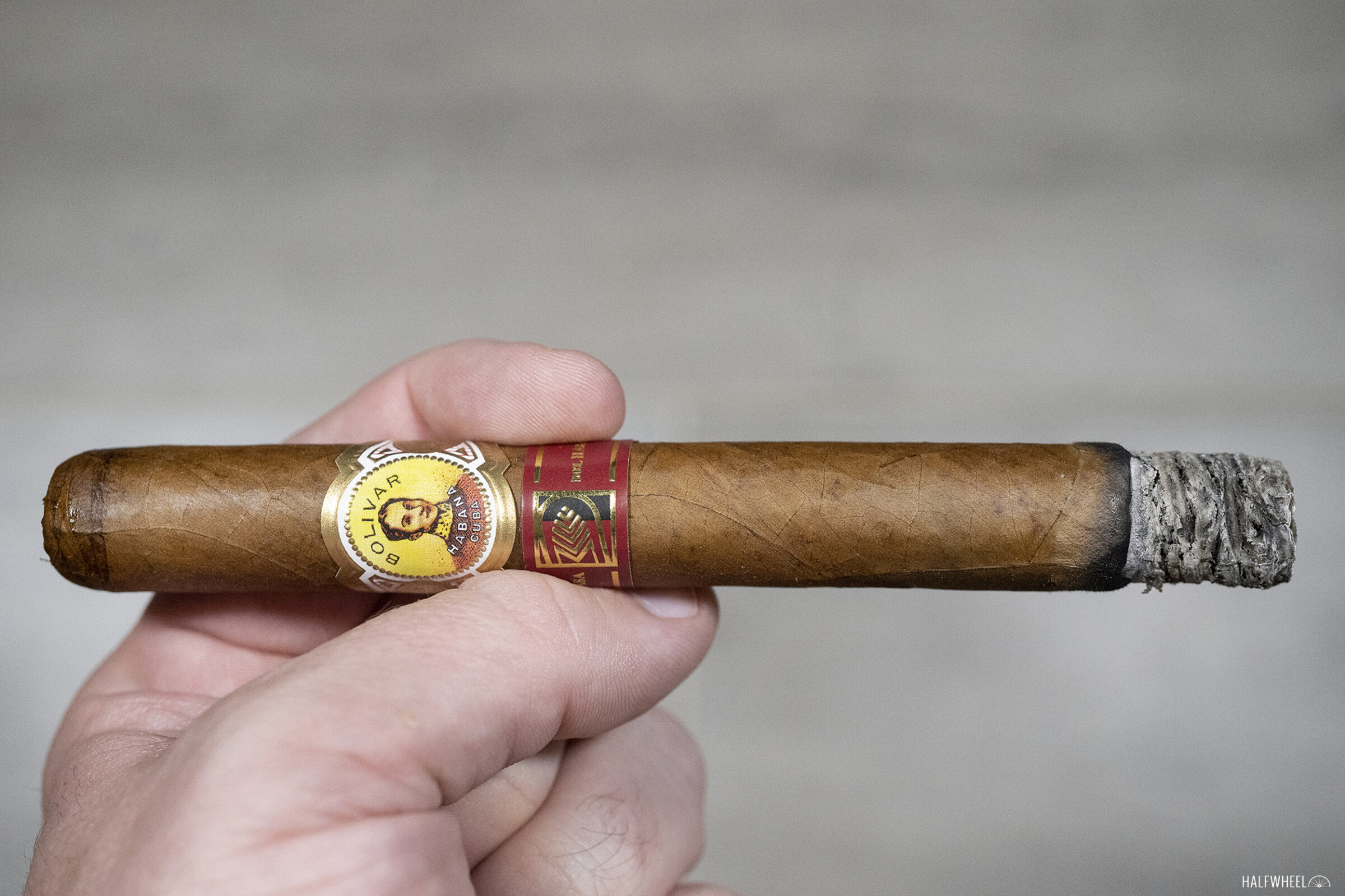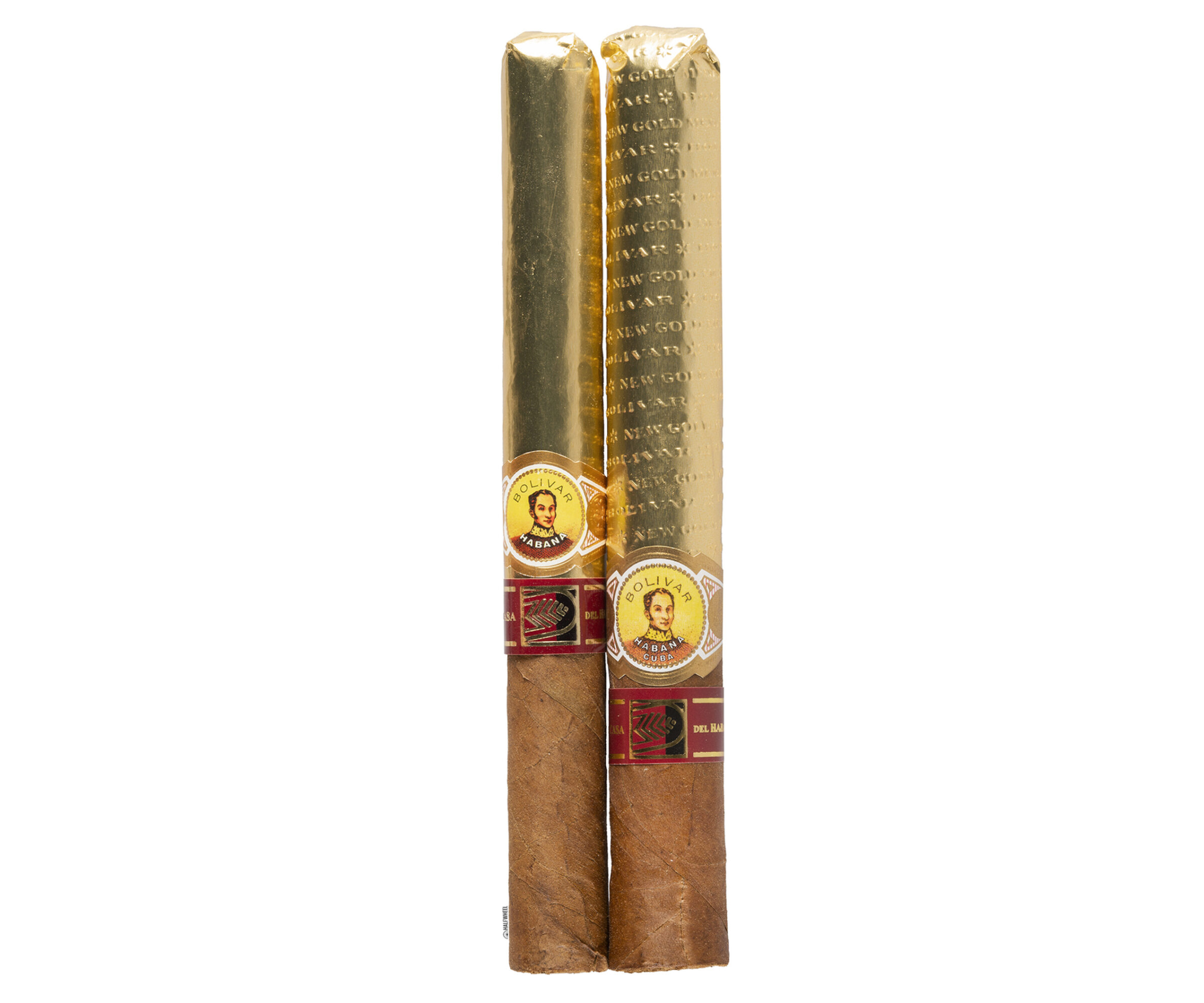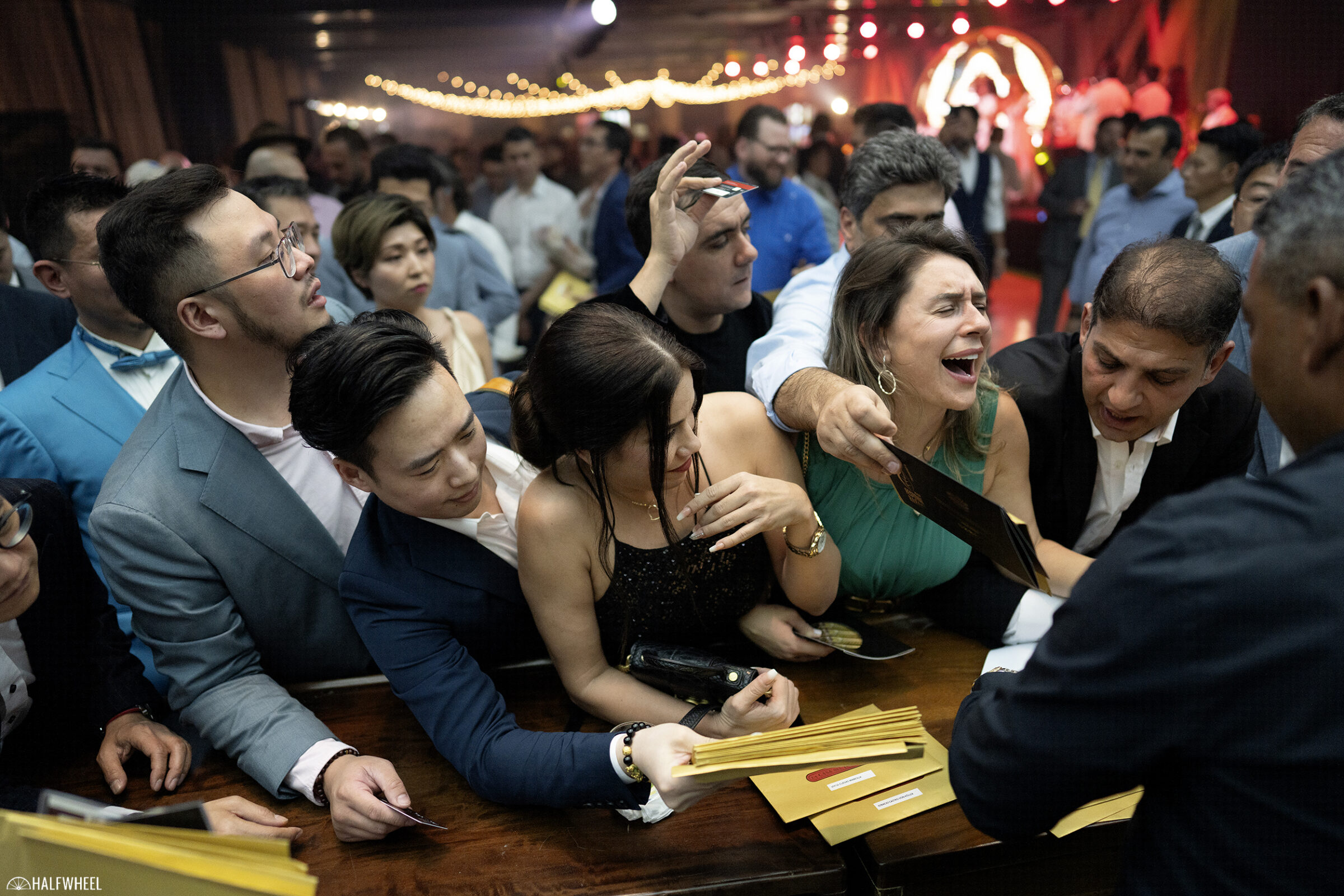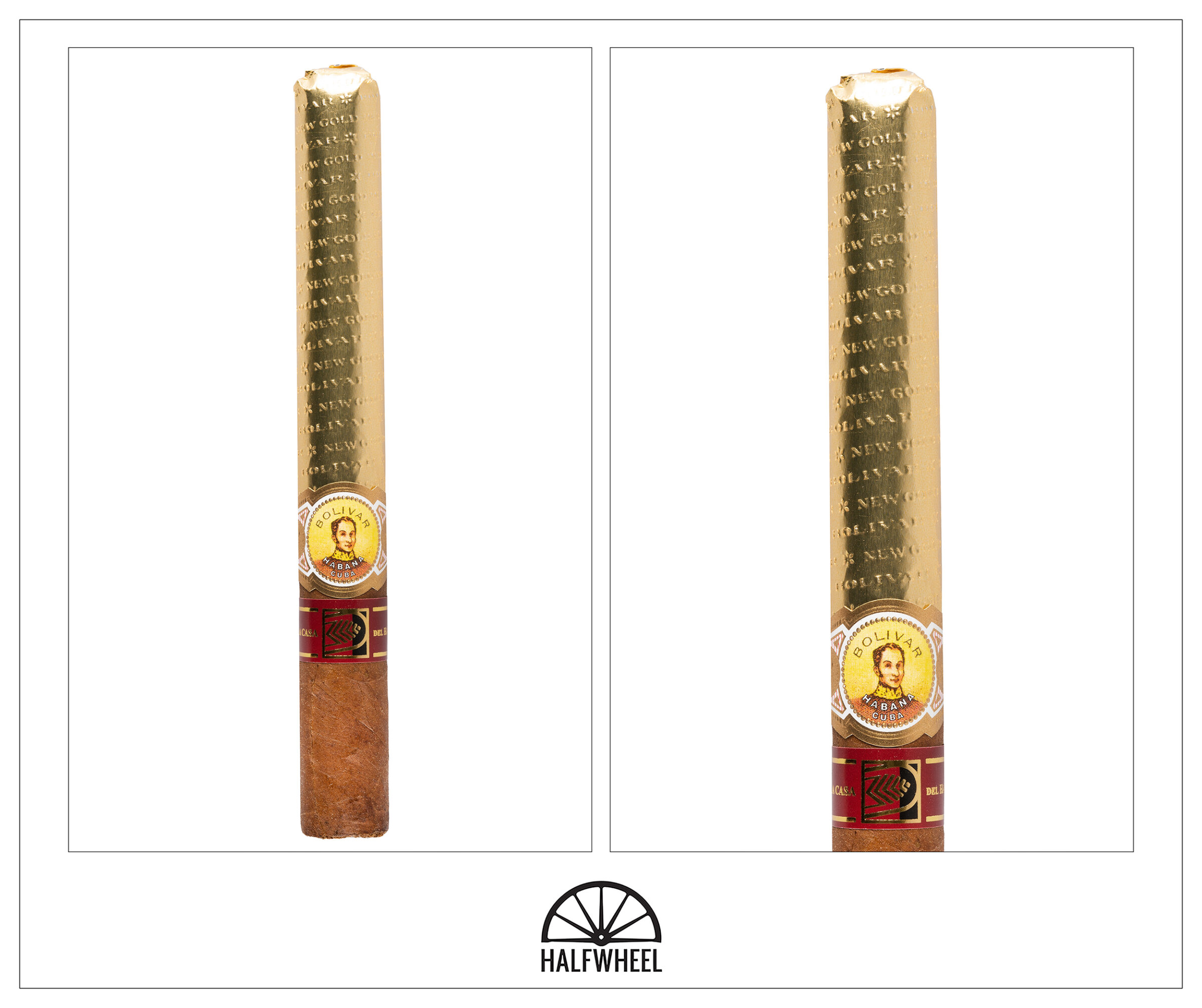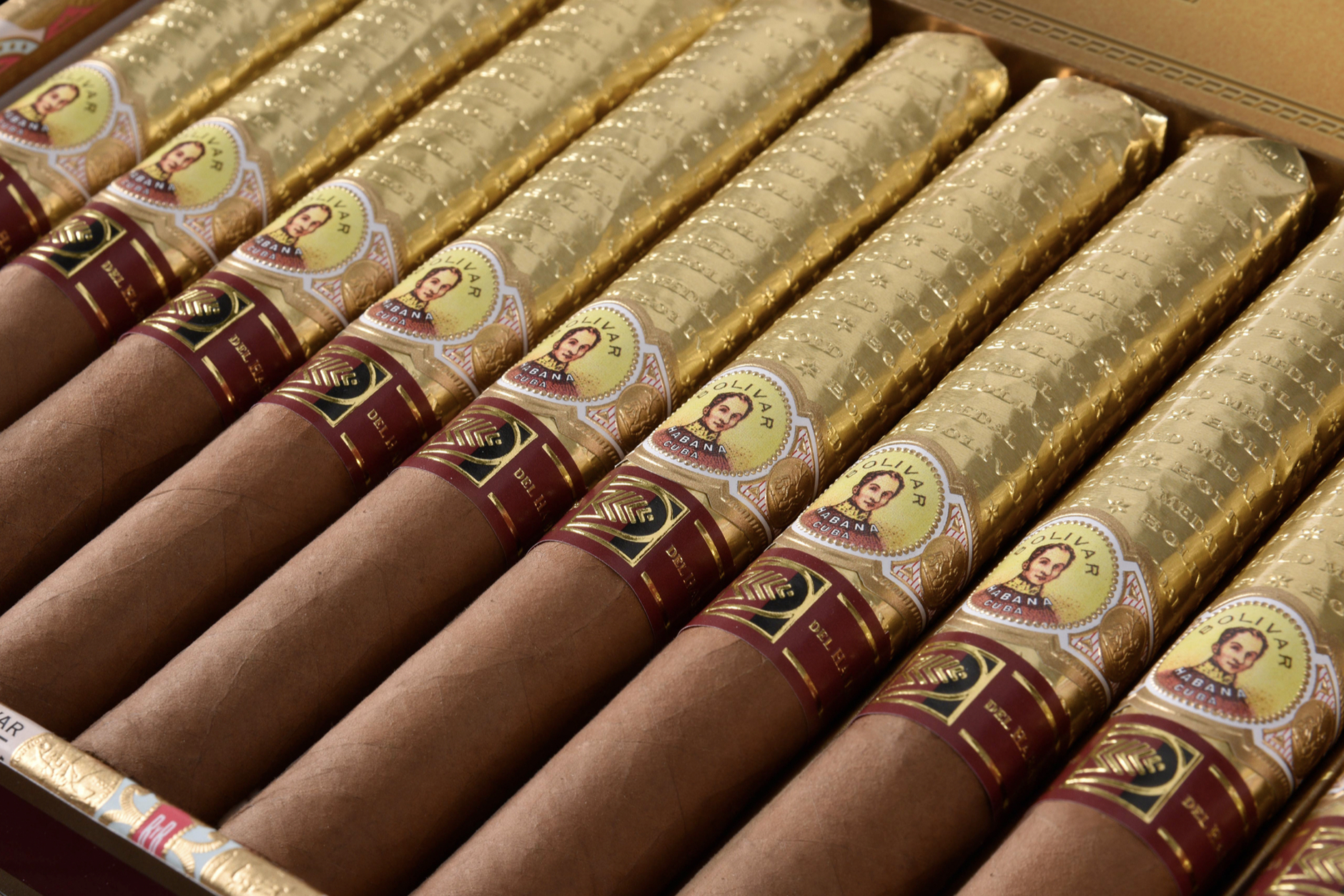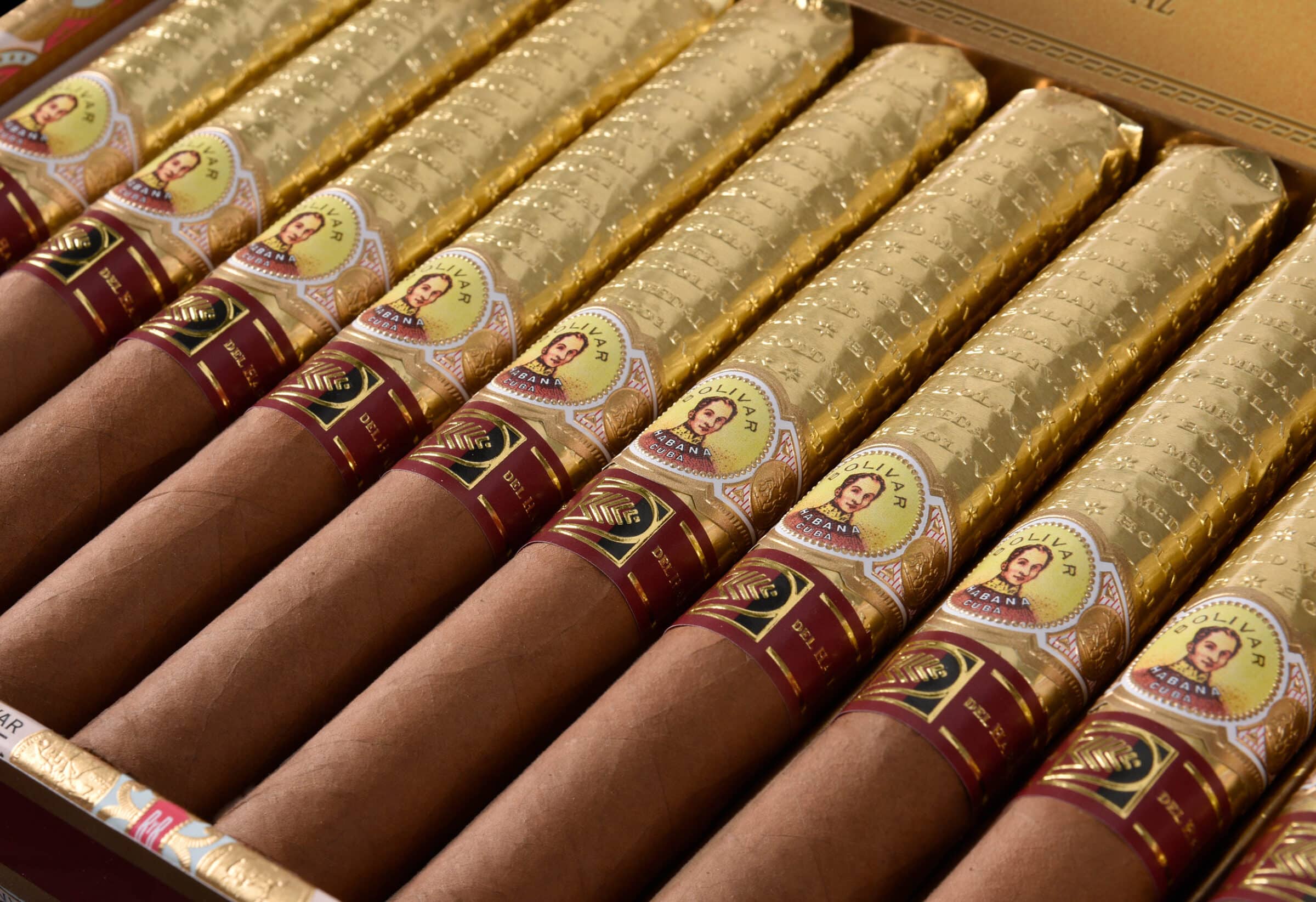Like its “new world” counterparts, Habanos S.A. has been known to dig into its history for a new release, something it did in 2023 when it came up with an updated version of the Bolívar Gold Medal.
The appropriately named Bolívar New Gold Medal measures 6 1/2 inches (165mm) long with a 48 ring gauge, which is the same length but a thicker ring gauge than the original Gold Medal, which had a 42 ring gauge. Within the Cuban naming system, the new vitola is known as the Partagás 15, a grand corona that has only been used once before, for the Ramón Allones Imperiales, which was released in 2013 as part of a Réplica de Humidor Antiguo release.
While the ring gauge has changed, the presentation has not, as the cigar comes dressed in gold foil paper that covers its upper half, while the primary band sits right around the midpoint of the cigar. The New Gold Medal adds a secondary band that indicates it is an exclusive release for La Casa del Habano stores.
- Bolívar Gold Medal (6 1/2 x 42)
- Bolívar New Gold Medal (6 1/2 x 48)
As for the history of the Gold Medal, it dates back several decades; the always helpful CubanCigarWebsite.com says that the cigar first debuted at some point before 1960, but was discontinued in 1992. It was then brought back in 2007 before another discontinuation in 2011. There was also a limited release of 1,000 boxes of 10 cigars for Germany that was released in 2004, and another special edition in 2007. The cigar was also included in the Siglo XXI Millenium Humidor, which came out in 1999.
Of the many different ways new Cuban cigars debut, the New Gold Medal might have had the most unique and surprising launch in recent memory. At each Festival del Habano, the annual Cuban cigar festival that takes place in Havana each February, Habanos S.A. will announce and show off its upcoming new releases. While the cigars are announced and on display, Habanos S.A. rarely announces when the cigars will go on sale. Even rarer is what happened last year with the New Gold Medals: they went on sale during the event.
During last year’s Festival del Habano XXIII, there was a ticketed dinner celebrating Bolívar, where attendees were given two Bolívar New Gold Medals in a special sampler box. It’s not uncommon for a few of the newly-announced cigars to be given out to attendees of these dinners.
Habanos S.A. also offered attendees the chance to purchase up to two boxes of the cigars for $270 per box. This caused quite a stir and a massive line as people tried to purchase the boxes via the one credit card machine on-site. This is the first time Habanos S.A. was known to sell boxes of new cigars during the event, something that didn’t happen during the 2024 edition of the Festival.
- Cigar Reviewed: Bolívar New Gold Medal
- Country of Origin: Cuba
- Factory: Undisclosed
- Wrapper: Cuba
- Binder: Cuba
- Filler: Cuba
- Length: 6 1/2 Inches
- Ring Gauge: 48
- Vitola: Grand Corona
- Est. Price: $28 (Box of 10, $280)
- Release Date: March 2023
- Number of Cigars Released: Regular Production
- Number of Cigars Smoked For Review: 3
By the time the cigars get to me, the presentation isn’t quite what I would get had I purchased a box, as the gold foil that covers about half of the cigar was removed during the measuring process, and it seems it affected the two bands. Both slide up and down the cigar without much resistance, though they’re not so loose as to just slide off the cigar. Once the foil—which is embossed with a repeating pattern of the Bolívar word mark and the New Gold Medal — is once again removed, I see that the wrapper is very evenly colored, with a few noticeable veins, though ones that don’t have the puckered veins I see on seemingly most Cuban cigars. While all three cigars look good, density-wise, they are all concerning. The first cigar is almost rock-hard in spots, particularly at the head, as it feels like this cigar is overfilled. The second cigar is equally as firm, reminding me of a mailing tube, with the firmest spots above the band. The third cigar has about the same firmness as the first cigar but is more uniform from head to foot. As for aroma, the first cigar has a very mild, almost nondescript, prelight aroma off the foot. It’s so mild I barely even pick up dry tobacco leaves. The second reminds me of an emptied bag of pretzels, with only some salt and crumbs left over to go with the smell of the bag. The third cigar has the most enjoyable aroma, with the peach and apricot sweetness of a well-aged rum leading to dry tobacco and a bit of particle board. The cold draw on the first and second cigars are firm, so much so that I immediately begin to wonder how long it will take to get through the first cigar. The third is a bit better, though it’s still like sucking an ever-so-slightly warmed milkshake through a straw. The flavor is fairly consistent with the aroma, though I get also get a bit of oily peanut and none of the sweetness.
The first puffs of the Bolívar New Gold Medal have some good character to them, more than I would have predicted had I been judging by the prelight offerings. There’s some cereal grain, a touch of syrupy sweetness and a small amount of peppery kick to command the attention of my senses. That said, the flavor profile does seem a bit young, not fully blossomed into whatever it could be. About half an inch into the first cigar, there’s a bit of funkiness that comes along, not quite what I would describe as old-school Cuban twang, but something closer to a vegetal or hay note. As the burn line progresses, there’s a bit of dry, almost clay-like earth paired with some pepper, though the flavor still feels a bit tight at the onset. Pepper leads the subtle blossoming process, slowly expanding in both intensity and how much of my tongue it is hitting. There’s also an accent note that shows up from puff to puff reminding me of orange jelly with a bit of zest in it. One cigar has a touch of creaminess to it, making for three different first prominent flavor changes, and I’m not sure which one I like best as all have their merits. Flavor is medium with a few puffs that I’d call medium-minus, while body is medium and strength is mild. The draw is the story of the technical performance, as two cigars have a very firm air flow while the third is just firm. That hampers the experience, though the burn line remains sharp, there’s decent smoke production, and none of the three cigars have needed a relight thus far. On a related note, as soon as I light the second cigar and take my first puff, the draw loosens up a touch and gives me some reassurance that the airflow might not be as tight as the cold draw would have suggested.
The second third sees some creaminess come into all three cigars, a change that smooths over the subtle dryness and texture of the smoke thus far, and while I don’t generally think of the Bolívar blend offering this kind of profile, it is quite enjoyable. Right around the midpoint, black pepper steps up throughout the cigar, and in the case of the first cigar, makes my eyes squint and water when the smoke hits my eyes. The other two cigars have noticeable upgrades, though without the tear-inducing effect of the first cigar. While they have been consistently peppery to this point—and still are—retrohales have moments where they deliver a chili pepper spiciness, something that brings some excitement to an otherwise uneventful second third. They also serve to reacclimate my taste buds to some dry lumber and oily potato chips in the profile, flavors that seem to disappear due to their relatively minor roles and familiarity. Flavor is medium-minus for most of this section, but with the hits of pepper, it kicks up to medium-plus, body is medium and strength is still mild. I’m hesitant to call the draw of the first cigar labored, but it is still firm and hasn’t gotten any better since the start. That said, two of the three cigars burn without any combustion issues and maintain an even burn line, with a slightly below average amount of smoke. One cigar requires a pair of relights, as something, possibly multiple things, hampers combustion. 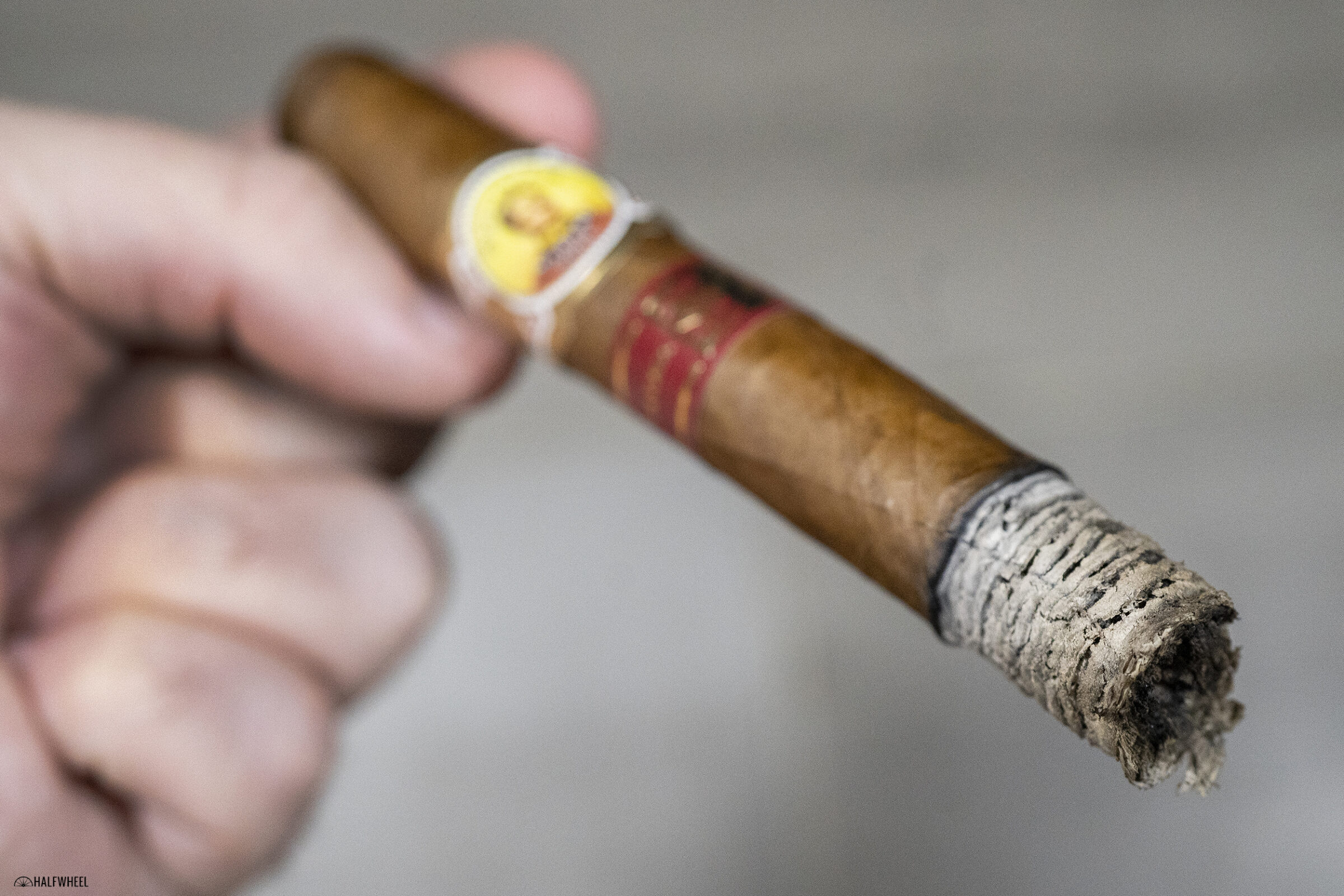
The final third of the Bolívar New Gold Medal starts by dialing back some of the black pepper, bringing up the creaminess and wood, while giving me my first taste of earthiness. While those flavors are more intense and make the profile is the fullest it has been thus far, they still feel a bit tight and hesitant to fully blossom. There is still some pepper in the profile, now delivering a more focused tingle on the front third of my tongue both on the initial puff and as the lingering finish. The cigar still feels tight in terms of its flavor, but also not too far off from being in a better spot where the flavors will open up and be more forthcoming. Flavor finishes medium-plus, body is medium-plus and strength is medium-minus. Whatever construction and combustion issues each of the three cigars previously have continue in this final section: two of the three have tight draws, while one of those two also struggles with combustion. Even with that, the burn lines are all even and smoke production is solid.
Final Notes
- When I refer to a cigar having a flavor that I think is “tight,” it’s that the sensation doesn’t deliver the full experience and thus does not fully stimulate my taste buds. It’s hard to make a direct equivalence to sensations from food, but I would equate it to either artificial or cheaply made food versus the real thing or things of better quality. For instance, I eat a fair amount of sushi, and there is a marked difference between how grocery store sushi that has been cut and sitting in a plastic tray in a cooler for a while hits the taste buds versus how higher-quality, freshly cut fish does.
- I wish I cooked more and knew more about the food preparation techniques, as I have to think there is a better comparison to be found here.
- One other comparison is the evolution that wine, spirits and some beers go through as they age and once they are opened. The progression of flavors when hand-warming a cold stout beer is a decent comparison.
- The eye irritation from the first cigar was absolutely unreal at times. It was quite literally tear-inducing.
- I have long maintained that combustion and construction are two related but distinct things, and the first cigar helps prove my point. The draw was firm and the cigar felt overfilled, but it still burned without needing a relight.
- For instance, while I wouldn’t call it true exertion, I could feel the effort needed to get a full and complete puff from the Bolívar New Gold Medal.
- That said, the second cigar really struggled to burn in its second half after a decent performance in the first half. I certainly don’t think construction helped with anything, as I wonder if between the very firm density of the cigar and possibly something with the tobacco, it had no chance to stay lit. There was just enough airflow to get it going after every instance where it went out, but it couldn’t maintain it between puffs.
- From what I can tell, it appears that the embossing on the New Gold Medal’s foil is new compared to that of the original Gold Medal’s foil, which does not appear to be embossed.
- The box code for these cigars was ESU MAY 23.
- None of the three cigars hit me with any appreciable levels of nicotine strength.
- Habanos S.A. lists these as a 6 1/2 x 48 grand corona. The numbers above are the measurements we found for the three cigars used for this review.
- The cigars for this review were purchased by halfwheel at the LCDH in Curaçao for $280.
- Final smoking time was two hours and 45 minutes on average.
Usually reviews of relatively recently released Cuban cigars involve some sort of guessing game or prediction of how the will age and what kind of profile it will offer in a couple of years. In the case of the Bolívar New Gold Medal, the three cigars I smoked present a more challenging issue: how to deal with two cigars that have significant airflow issues and one of those two that has a significant combustion issue. Time won't seem to fix those issues, which leads me to say that for these three cigars, it wouldn't have mattered how much the flavor evolved. In the case of the third cigar, the draw was firm but manageable, and the flavor profile had the most potential, but still seems a ways off. The individual components are tight on their own and don't yet deliver harmony when interwoven with each other, leaving a fairly simplistic profile save for a handful of moments where the cigar gives a glimpse into what it could be. Those glimpses are good and leave me with enough optimism that the Bolívar New Gold Medal could be worth putting away and be rewarded down the road, yet the construction concerns make me wonder if the disappointment of finding several more cigars with the issues these three presented have me rethinking the gamble.

